Colors and painting
If you decide to paint your tipi, you should consider a few facts. The Indians were born artists and all objects of daily life were decorated and painted beautifully and with style. Nevertheless, each small ornament had a symbolic meaning. This was no different with the tipi.
The lower part of the tipi symbolizes the EARTH from which all things originate and to which all things return. The borders were often painted as a dark band (which is quite practical since the edges of the tipi are used most). The upper part of the tipi represents the heavens, the Great Spirit, which is common to all creations on earth and to which the souls are underway. The poles symbolize the paths which lead from earth to the Spirit. Everything between earth and heaven is our life. Thus paintings on the tent symbolize happenings which have to do with the life of the specific tent owner - mostly describing his name or heroic deeds. If you want to be inspired, look here.
All FamWest tipis are offered in their natural color. It is the original color of the untreated cloth from which tents were made in the last century. An important advantage of the natural color is that the tent stays nice and light all day.
In addition we can offer colored cloth in the cloth weight 300 gr/m².
-
0: natur
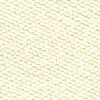
-
1: brick red(15%)
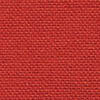
-
2: bordeaux(15%)
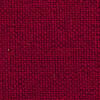
-
3: red
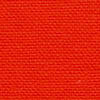
-
4: blue
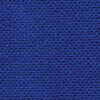
-
5: yellow
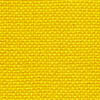
-
6: turquoise
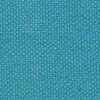
-
7: light green
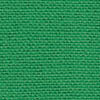
-
8: dark green
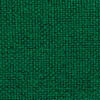
-
9: black
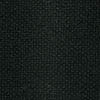
-
10: biege
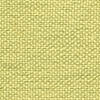
-
11: orange
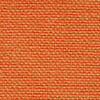
-
12: white
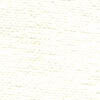
-
13: brown
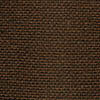
-
14: violett
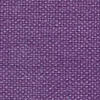
-
15: grey
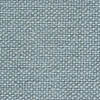
-
16: light grey
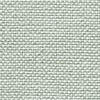
According to the tipi expert R. Laubin, one used to be able to sight colored Indian tipis, if only occasionally. The Indians were a colorful people though - the colored fabrics just didn't exist back then. Nonetheless, the natural color fits into the natural landscape best in our opinion.
 The World of period
The World of period 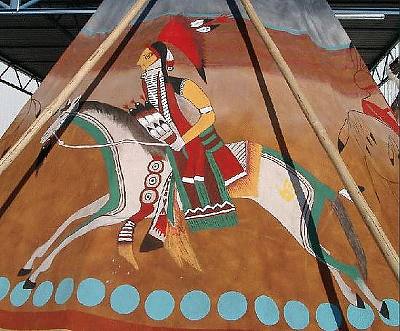
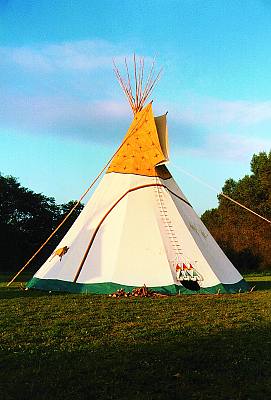
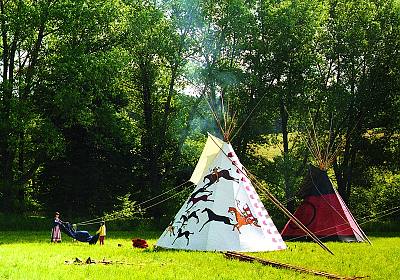
 please wait...
please wait...